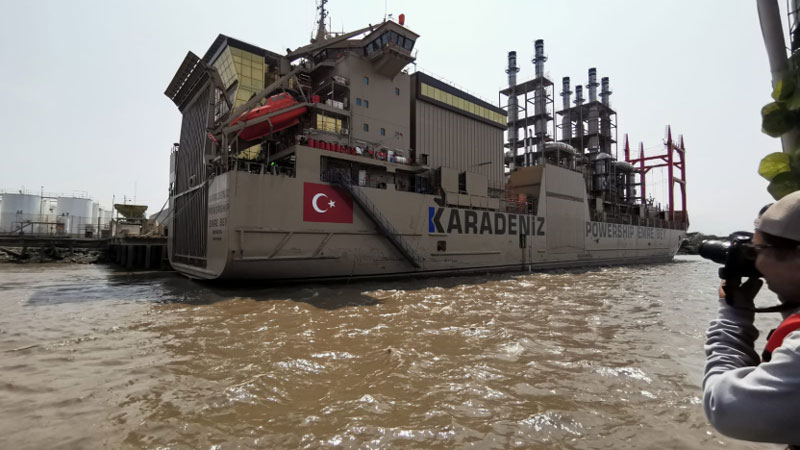This is the second major power outage to affect several cities in Ecuador during the presidency of Daniel Noboa.
It was a Saturday morning like any other when, suddenly, lights, traffic signals, televisions, and elevators went dark across at least five provinces. These were the first signs of the massive blackout on September 7, 2024.
This marked the second time a simultaneous, unannounced, nationwide power outage occurred under President Daniel Noboa’s government.
Just three months earlier, on the afternoon of Wednesday, June 19, 2024, several Ecuadorian cities also experienced a sudden power loss. At the time, Roberto Luque, the Minister of Energy and Mines, attributed the blackout to a failure in the Milagro-Zhoray transmission line. Luque explained that the power had been rerouted through other lines, but those too failed, causing a collapse of the entire system. Transmission lines, consisting of tall metal towers connected by cables, form the backbone of the national electrical grid, distributing power across the country.
Luque, who was later replaced by Antonio Goncalves, had assured the public there would be no further widespread outages.
What Caused the September Blackout?
The massive power outage on September 7, 2024, affected at least 14 of Ecuador’s 24 provinces. News spread quickly of intersections without traffic lights, businesses unable to serve customers, and family breakfasts interrupted. Reports came from Guayas, Pichincha, Manabí, Loja, Chimborazo, Esmeraldas, Tungurahua, Imbabura, Cotopaxi, Azuay, El Oro, Zamora, and Santa Elena, affecting all three of Ecuador’s continental regions.
At 9:53 a.m., nearly an hour and a half after the first reports, the National Electricity Operator (Cenace) provided a brief explanation. Cenace stated that a fault at the El Molino substation, which is connected to the Paute hydroelectric plant in Azuay, was responsible for the massive blackout. The agency estimated that power would be fully restored within three to four hours.
In Quito, Mayor Pabel Muñoz reported that he had received no prior notification of any service interruption. He noted that, although there were planned outages in three provinces the day before, they were unrelated to the September blackout. Due to the lack of functioning traffic lights, Muñoz also suspended operations of the newly launched Quito Metro and ordered all Metropolitan Transit Agency personnel to assist at key intersections.
By 10:40 a.m., some areas of Quito had electricity restored, even as authorities continued working to resolve the issue. By 12:53 p.m., Cenace announced that power had been fully restored across the affected provinces.
Impact on Connectivity and Services
Digital Users, a civil society group focused on digital rights in Ecuador, reported via their X account that internet connectivity dropped by up to 40% during the more than three-hour blackout. They criticized the authorities for not addressing compensation for the loss of service.
At 5 p.m., Quito Metro, also on its X account, confirmed that the blackout disrupted its operations, causing a train to stall between the Iñaquito and Jipijapa stations. The company activated an emergency protocol, guiding passengers safely out of the tunnel through an emergency exit. Passengers in other carriages were able to leave the stations without incident. Once the power supply was stabilized, service gradually resumed.



0 Comments